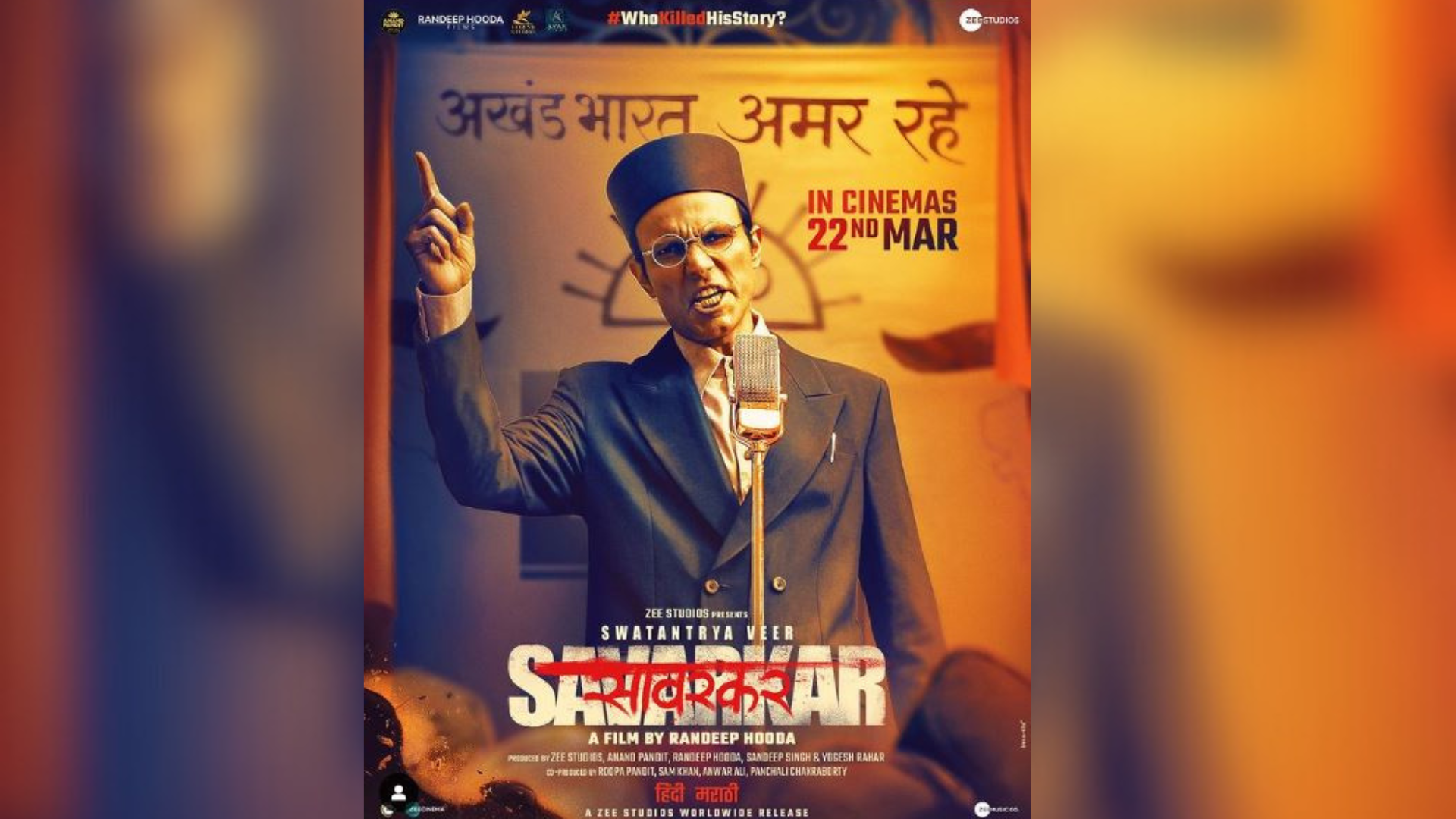Randeep Hooda’s film ‘Swatantrya Veer Savarkar’ has achieved a significant milestone by earning Rs 11.35 crore in seven days after its release. Directed by Hooda himself, the film debuted in both Hindi and Marathi on March 22, captivating audiences with its portrayal of the journey of freedom fighter Veer Savarkar.
The movie, helmed by Hooda, delves into the life and struggles of Veer Savarkar, depicting his pivotal role in India’s fight for independence. Despite facing competition from ‘Madgaon Express’ at the box office, ‘Swatantrya Veer Savarkar’ has managed to make a mark with its compelling narrative and Hooda’s commendable performance in the lead role.
Randeep Hooda, who underwent a remarkable physical transformation for this character, shared insights about the film in an exclusive conversation with India Today. He emphasized that Savarkar remains one of the most misunderstood figures in Indian history, and the film aims to shed light on his true story and contributions.
Speaking about the film’s significance, Hooda stated, “It’s a very interesting, thrilling, well-made movie, if I may say so myself. Secondly, it’s a movie about one of the most-misunderstood freedom fighters of our country. Even if you hate him, you should watch it and see what the truth was, what our country’s independence struggle was.”
He further added, “It’s not an alternate take on history. It is just uncovering the history that we were not taught in school and his great contribution.” Hooda emphasized the educational aspect of the film, encouraging viewers to explore and understand Savarkar’s ideologies and the relevance of Hindutva in today’s context.
‘Swatantrya Veer Savarkar’ has sparked discussions and curiosity among audiences, offering not just a historical narrative but also an engaging cinematic experience. Hooda’s dedication to portraying Savarkar’s story authentically has resonated with viewers, contributing to the film’s success despite facing competition at the box office.
As ‘Swatantrya Veer Savarkar’ continues its journey in cinemas, it stands as a testament to the enduring appeal of historical narratives and the importance of exploring diverse perspectives in Indian cinema.



















